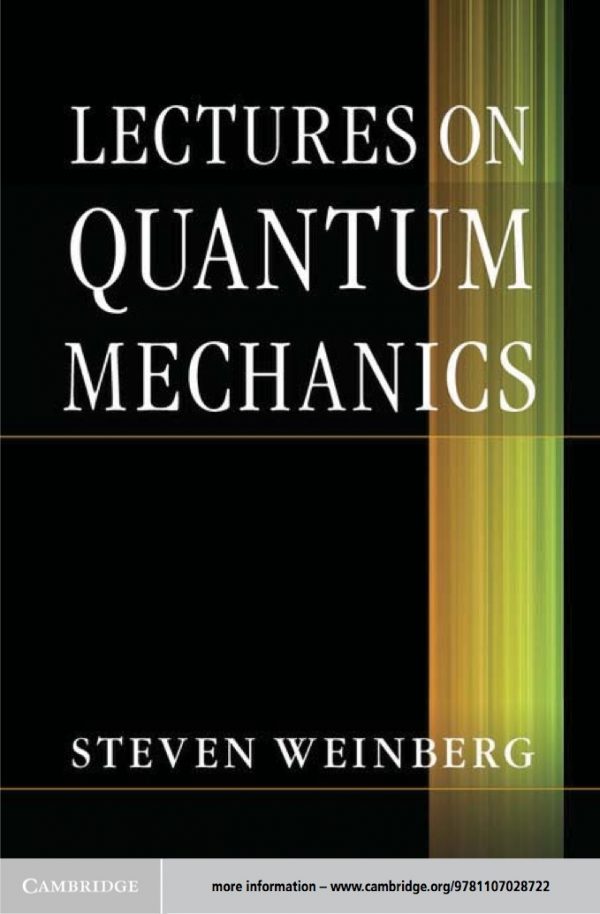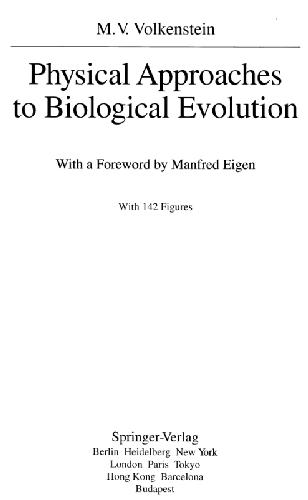0-471-08122-1
Table of contents :
Front Matter……Page 1
Nomenclature……Page 5
Preface……Page 3
Table of Contents……Page 18
B……Page 833
Introduction……Page 12
Table of Contents……Page 0
2. Component Behavior and Design……Page 110
2.1 Beams……Page 111
1.1.1 Impact on Behavior……Page 112
1.1.2 Impact of Strength Degradation on Response……Page 116
1.1.3 Quantifying the Response of Structures to Ground Motion……Page 117
2.1.1.2 Predicting Postyield Deformation Limit States……Page 125
1.1.4.2 Creating a Ductile Structure……Page 127
1.1.5 Displacement-Based Design……Page 129
1.1.5.1 Equal Displacement-Based Design……Page 131
2.1.1.4 Importance of Detailing……Page 134
1.1.6 System Ductility……Page 136
2.1.2.3 Beam Shear Demand……Page 147
1.1.8 Selecting Design Strength Objectives……Page 152
1.1.9 Concluding Remarks……Page 154
1.2.1 Impact of Confining Pressure on Strength……Page 157
2.1.3 Analyzing the Frame Beam……Page 162
2.1.3.1 Analysis Process Summary……Page 164
1.2.2.2 High-Strength Ties……Page 165
1.2.2.3 Higher Axial Loads……Page 166
2.1.3.2 Example Analysis……Page 167
1.3.1 Shear Strength……Page 168
1.3.2 Shear Transfer across Concrete Discontinuities……Page 185
1.3.3 Passively Activated Shear Transfer Mechanisms……Page 189
Selected References……Page 193
2.1.1.1 Experimentally Based Conclusions-General Discussion……Page 113
2.1.1.3 Impact of Shear and Confinement on Behavior……Page 130
2.1.1.5 Modeling Considerations……Page 138
2.1.2 Designing the Frame Beam……Page 140
2.1.2.1 Beam-Column Joint Considerations……Page 142
2.1.2.2 Reinforcing Details……Page 144
2.1.2.4 Column Shear Demand……Page 149
2.1.2.5 Available Ductility……Page 151
2.1.2.7 Example Designs……Page 153
2.1.3.3 Postyield Behavior……Page 181
2.1.4 Precast Concrete Beams……Page 184
2.1.4.1 Moment Transfer……Page 186
2.1.4.2 Shear Transfer……Page 190
2.1.4.3 Composite Systems……Page 191
2.1.4.4 Post-Tensioned Assemblages……Page 203
2.1.4.5 Bolted Assemblages……Page 234
2.1.4.6 Experimental Confirmation……Page 240
2.2 The Beam Column……Page 262
2.2.1 Strength Limit States……Page 263
2.2.1.1 Developing an Interaction Diagram……Page 265
2.2.1.2 Design Relationships……Page 268
2.2.2.1 Strength……Page 269
2.2.2.2 Strain States……Page 273
2.2.2.3 Stiffness……Page 281
2.2.3.1 Estimating Probable Levels of Demand……Page 282
2.2.3.2 Sizing the Beam Column……Page 288
2.2.3.3 Story Mechanism Considerations……Page 293
2.2.3.4 Design Process Summary……Page 294
2.2.3.5 Example Designs……Page 296
2.2.4 Analyzing the Beam Column……Page 310
2.3.1 Behavior Mechanisms……Page 314
2.3.1.1 Bond Stresses……Page 318
2.3.1.4 Eccentric Beams……Page 319
2.3.2 Experimentally Based Conclusions……Page 320
2.3.3 Impact of High-Strength Concrete……Page 328
2.3.4 Impact of Joint Reinforcing……Page 330
2.3.6 Design Procedure……Page 332
2.3.7 Design Example……Page 339
2.3.8.1 Experimentally Based Conclusions……Page 340
2.3.8.2 Beam-Column Joint Design Procedures……Page 350
2.3.9.1 Experimentally Based Conclusions-Interior Beam-Column Joint……Page 353
2.3.9.2 Design Procedures-Interior Beam-Column Joints……Page 359
2.3.9.3 Design Procedures-Exterior Beam-Column Joints……Page 362
2.3.9.4 Corner Hybrid Beam-Column Joints……Page 363
2.4 Shear Dominated Systems……Page 366
2.4.1.1 Experimentally Based Conclusions……Page 367
2.4.1.2 Design Procedures……Page 392
2.4.1.3 Design Summary……Page 405
2.4.1.4 Design Example……Page 407
2.4.2.1 Coupling Beams……Page 420
2.4.2.2 Analytical Modeling of the Coupling Beam……Page 435
2.4.2.3 Design Procedures-Coupling Beams……Page 443
2.4.2.4 Coupled Shear Walls with Stacked Openings-Design Process and Example……Page 455
2.4.2.5 Capped and Belted Shear Walls……Page 473
2.4.2.6 Shear Walls with Randomly Placed Openings……Page 489
2.4.3 Precast Concrete Shear Walls……Page 502
2.4.3.1 Experimental Efforts……Page 503
2.4.3.3 Design Procedures……Page 532
2.4.3.4 Example Design-Ten-Story Shear Wall……Page 537
Selected References……Page 548
3. System Design……Page 551
3.1.1 Shear Walls of Equivalent Stiffness……Page 552
3.1.1.1 Alternative Shear Wall Design Procedures……Page 554
3.1.1.2 Analyzing the Design Processes……Page 579
3.1.1.3 Conceptual Design Review……Page 582
3.1.1.4 Summarizing the Design Process……Page 589
3.1.2.1 Alternative Design Methodologies……Page 594
3.1.2.2 Suggested Design Approach……Page 611
3.1.3 Coupled Shear Walls-Design Confirmation……Page 615
3.1.4 Precast Concrete Shear Walls……Page 633
3.1.4.1 Hybrid Wall System-Equal Displacement-Based Design (EBD, Section 3.1.1)……Page 639
3.1.4.2 Hybrid Wall System-Direct Displacement Design Procedure……Page 657
3.1.4.3 Vertically Jointed Wall Panels……Page 666
3.2.1 Design Objectives and Methodologies……Page 680
3.2.2 Force- or Strength-Based Design Procedures……Page 687
3.2.3.1 Building Model……Page 698
3.2.3.2 Single-Degree-of-Freedom (SDOF) Model……Page 707
3.2.4 Precast Concrete Frame-Direct Displacement-Based Design……Page 709
3.2.4.1 DDC Frame……Page 712
3.2.4.2 Hybrid Frame……Page 718
3.2.4.3 Precast Frame Beam Designs……Page 720
3.2.5 Irregular Frames……Page 722
3.2.6 Frame Design Evaluation by Sequential Yield Analysis……Page 729
3.2.6.1 What Constitutes Good Behavior?……Page 730
3.2.6.2 P Concerns and Modeling Assumptions……Page 731
3.2.6.3 Behavior Review-Frame 3 (Table 3.2.1)……Page 736
3.2.6.4 Frame 3-Consequences of Alternative Strengths……Page 747
3.2.6.5 Behavior Review-Irregular Frame……Page 752
3.2.6.6 Behavior Review-Precast Frame Systems……Page 754
3.3.1 Design Approach……Page 756
3.3.2 Estimating Diaphragm Response……Page 758
3.3.3 Establishing the Strength Limit State of a Diaphragm……Page 764
3.3.4.1 Composite Diaphragms……Page 771
3.3.4.2 Pretopped Precast Concrete Diaphragms……Page 772
3.4 Design Process Overview……Page 775
3.4.2 Capacity Considerations……Page 776
3.4.3 Recommended Design Approach……Page 777
Selected References……Page 780
4. Design Confirmation……Page 781
4.1 Response of Shear Wall Braced Buildings to Ground Motion……Page 782
4.1.1 Testing the Equal Displacement Hypothesis……Page 786
4.1.2 Impact of Design Strength on Response……Page 794
4.2.1 Impact of Design Strength on Performance……Page 798
4.2.2 Impact of Modeling Assumptions……Page 802
4.2.3 Distribution of Postyield Deformations……Page 812
4.2.4 Design/Behavior Reconciliation……Page 815
4.2.6 Evaluating Column Behavior……Page 818
4.2.7 Response of Irregular Frame……Page 820
4.2.8 Response of Precast Concrete Frames-DDC®……Page 824
4.3.1 System Stability Considerations……Page 825
4.3.2 Torsion……Page 828
Selected References……Page 832
1. Basic Concepts……Page 25
1.1 Ductility-A System Behavior Enhancer……Page 26
1.1.1 Impact on Behavior……Page 27
1.1.2 Impact of Strength Degradation on Response……Page 31
1.1.3 Quantifying the Response of Structures to Ground Motion……Page 32
1.1.4.1 Identifying a Design Strength Objective……Page 40
1.1.4.2 Creating a Ductile Structure……Page 42
1.1.5 Displacement-Based Design……Page 44
1.1.5.1 Equal Displacement-Based Design……Page 46
1.1.5.2 Direct Displacement-Based Design……Page 49
1.1.6 System Ductility……Page 51
1.1.7 Recommended Displacement-Based Design Procedure……Page 62
1.1.8 Selecting Design Strength Objectives……Page 67
1.1.9 Concluding Remarks……Page 69
1.2.1 Impact of Confining Pressure on Strength……Page 72
1.2.2 High-Strength Concrete (HSC)……Page 77
1.2.2.1 Ductility……Page 79
1.2.2.2 High-Strength Ties……Page 80
1.2.2.3 Higher Axial Loads……Page 81
1.3 Shear……Page 82
1.3.1 Shear Strength……Page 83
1.3.2 Shear Transfer across Concrete Discontinuities……Page 100
1.3.3 Passively Activated Shear Transfer Mechanisms……Page 104
Selected References……Page 108
C……Page 836
D……Page 838
E……Page 840
F……Page 841
H……Page 842
M……Page 843
P……Page 844
R……Page 845
S……Page 846
T……Page 851
W……Page 852







Reviews
There are no reviews yet.